
The Importance of Stretching: A Beginner's Guide to Flexibility
Are you tired of feeling like a stiff robot? Do you want to be able to touch your toes without feeling like you're going to break in half? Well, my friend, it's time to start stretching! Stretching isn't just for contortionists or yoga enthusiasts - it's a crucial component of maintaining a healthy body and improving your overall quality of life.
In this beginner's guide to flexibility, we'll explore the many benefits of stretching and provide tips and techniques for safely and effectively incorporating stretching into your daily routine. From improved range of motion and reduced risk of injury to enhanced athletic performance and reduced muscle soreness, stretching is a powerful tool that can help you feel your best both physically and mentally.
Now, I know what you're thinking - stretching can be boring and uncomfortable. But fear not! We'll also debunk some common stretching myths and provide resources for making stretching fun and enjoyable. Whether you're a runner, weightlifter, or office worker, there's a stretching routine that's perfect for you. So, let's dive in and get ready to stretch our way to a healthier, happier you!
Benefits of stretching
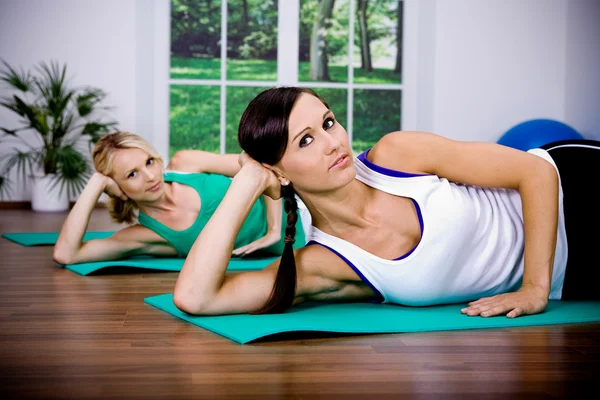
Benefits of stretching
If you're not convinced that stretching is worth your time, think again! The benefits of stretching go far beyond just touching your toes. Here are just a few reasons why stretching is so important:
A. Improved range of motion: Have you ever felt like you just can't move your body the way you want to? Tight muscles and limited mobility can be a frustrating roadblock to doing the things you love. But with regular stretching, you can increase your flexibility and improve your range of motion, making it easier to perform everyday activities and hobbies. Plus, increased flexibility can help prevent injuries caused by overextending or straining your muscles.
B. Reduced risk of injury: Speaking of injuries, stretching can help reduce your risk of getting hurt during physical activity. By warming up your muscles and increasing blood flow, stretching helps prepare your body for movement and can prevent strains, sprains, and other injuries. It's especially important to stretch before engaging in high-intensity activities like sports or weightlifting.
C. Improved posture and balance: We all know that sitting hunched over a computer all day can wreak havoc on our posture. But did you know that stretching can help correct imbalances in your muscles and improve your overall posture? By strengthening weak muscles and stretching tight ones, you can stand up straighter and feel more balanced. Plus, better posture can help reduce chronic pain and improve your breathing.
D. Enhanced athletic performance: Whether you're a weekend warrior or a serious athlete, stretching can help take your performance to the next level. By increasing your flexibility and improving your range of motion, you can move more efficiently and effectively during physical activity. Plus, stretching can help prevent muscle fatigue and soreness, allowing you to train harder and recover faster.
E. Reduced muscle soreness: Speaking of soreness, if you've ever experienced post-workout muscle pain, you know just how uncomfortable it can be. But by stretching after exercise, you can help reduce muscle soreness and improve your recovery time. Stretching helps increase blood flow and flush out lactic acid, which can cause muscle pain and stiffness. Plus, stretching can help reduce stress and promote relaxation, making it a great way to unwind after a tough workout or a long day at work.
Types of stretching
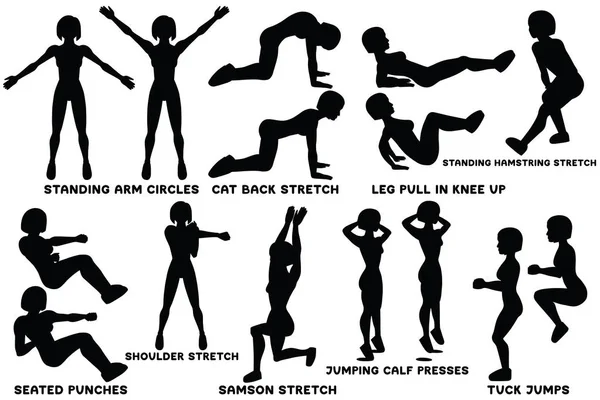
Types of stretching
Now that you know the benefits of stretching, it's time to dive into the different types of stretches you can do. Here are some of the most common types of stretching:
A. Static stretching: This is the type of stretching most people are familiar with. It involves holding a stretch in one position for a period of time, usually 30 seconds to a minute. Static stretching is great for improving flexibility and range of motion, but it's important to do it after your muscles are warmed up, like after a workout or a light warm-up.
B. Dynamic stretching: Unlike static stretching, dynamic stretching involves movement. This type of stretching is great for warming up your muscles before physical activity. It involves moving your body through a range of motion, gradually increasing your speed and intensity as you go. Dynamic stretching can help improve your flexibility, range of motion, and athletic performance.
C. Proprioceptive neuromuscular facilitation (PNF) stretching: PNF stretching is a type of advanced stretching that involves contracting and relaxing your muscles while you stretch. It's typically done with a partner, who helps you contract your muscles before stretching them. PNF stretching can help improve your range of motion and flexibility, but it's not recommended for beginners.
D. Active stretching: Active stretching involves using your own muscles to hold a stretch. This type of stretching is great for improving your range of motion and flexibility, but it's important to be careful not to overextend or strain your muscles.
E. Passive stretching: Passive stretching involves using an external force, like a strap or a partner, to help you stretch. This type of stretching can be great for improving your flexibility, but it's important to use caution and not push your body too far.
No matter what type of stretching you choose, it's important to listen to your body and not push yourself too hard. Start with gentle stretches and gradually increase your intensity as your body gets more used to it. Remember, stretching is supposed to feel good, not painful!
How to stretch safely
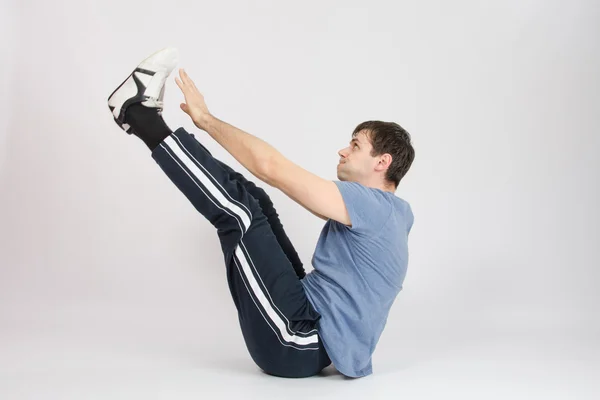
How to stretch safely
Stretching is great for improving flexibility and preventing injury, but it's important to do it safely. Here are some tips to help you stretch safely:
A. Warm up first: Before you start stretching, it's important to warm up your muscles with some light activity, like walking or jogging in place. This will help get your blood flowing and prepare your muscles for stretching.
B. Stretch gently: Start with gentle stretches and gradually increase your intensity as your muscles get more limber. Avoid bouncing or jerky movements, as this can cause injury.
C. Hold each stretch for at least 30 seconds: To get the most benefit from your stretches, hold each stretch for at least 30 seconds. This will allow your muscles to fully relax and lengthen.
D. Don't push too hard: It's important to listen to your body and not push yourself too hard. You should feel a stretch, but it should never be painful. If a stretch feels too intense, back off a little bit.
E. Breathe deeply: When you're stretching, it's important to breathe deeply and slowly. This will help you relax and get the most benefit from your stretches.
F. Stretch both sides: When you're stretching, be sure to stretch both sides of your body equally. This will help prevent imbalances and reduce your risk of injury.
G. Incorporate stretching into your daily routine: To get the most benefit from stretching, try to incorporate it into your daily routine. You can stretch in the morning, before and after exercise, or even during your work breaks.
Remember, stretching is a great way to improve your flexibility and prevent injury, but it's important to do it safely. By following these tips, you can stretch with confidence and enjoy all the benefits that come with improved flexibility.
Basic stretches for beginners
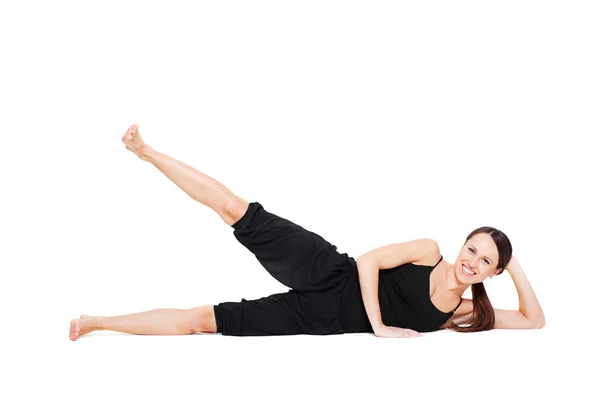
Basic stretches for beginners
If you're new to stretching, it can be hard to know where to start. Here are some basic stretches that are great for beginners:
A. Neck stretch: Stand or sit up straight and slowly tilt your head to one side, bringing your ear towards your shoulder. Hold for 30 seconds, then repeat on the other side.
B. Shoulder stretch: Reach one arm across your chest and hold it with your other arm. Hold for 30 seconds, then repeat on the other side.
C. Hamstring stretch: Sit on the ground with your legs straight out in front of you. Slowly reach forward towards your toes, keeping your legs straight. Hold for 30 seconds.
D. Quad stretch: Stand up straight and grab one ankle with your hand, pulling your heel towards your buttocks. Hold for 30 seconds, then repeat on the other side.
E. Calf stretch: Stand facing a wall and place your hands on the wall at shoulder height. Step one foot back and press your heel into the ground, feeling the stretch in your calf. Hold for 30 seconds, then repeat on the other side.
F. Hip stretch: Sit on the ground with your knees bent and feet flat on the floor. Slowly bring one ankle up and place it on the opposite knee. Gently press down on your knee to feel the stretch in your hip. Hold for 30 seconds, then repeat on the other side.
Remember, these are just a few basic stretches to get you started. As you become more comfortable with stretching, you can try more advanced stretches and incorporate them into your daily routine. Happy stretching!
Developing a stretching routine
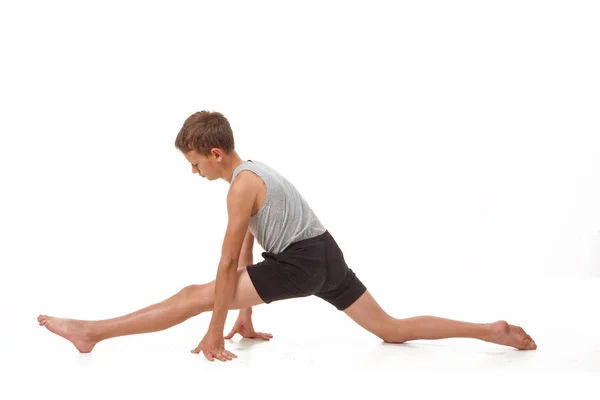
Developing a stretching routine
Now that you know the benefits of stretching, the different types, and how to stretch safely, it's time to develop a stretching routine that works for you. Here are some tips to help you create a stretching routine that will improve your flexibility and overall health:
A. Schedule it in: One of the most important steps in creating a stretching routine is scheduling it into your day. Choose a time when you know you'll have a few minutes to spare, like first thing in the morning or before bed.
B. Start small: If you're new to stretching, it's important to start small and gradually increase your stretching time. Begin with just a few stretches, and slowly increase the time you spend stretching over several weeks.
C. Mix it up: Don't stick to the same stretches every day. Mix it up by trying different stretches for different muscle groups. This will prevent boredom and help you achieve a full-body stretch.
D. Listen to your body: Pay attention to your body while you stretch. If a stretch feels uncomfortable or painful, stop immediately. Stretching should never be painful.
E. Be consistent: Consistency is key when it comes to stretching. Aim to stretch at least three times a week, and make it a regular part of your routine.
F. Track your progress: Keep track of your stretching routine and your progress. This will help you stay motivated and see how far you've come.
By following these tips, you can develop a stretching routine that works for you and helps you achieve your flexibility goals. Remember, consistency and patience are key, so don't give up if you don't see results right away. Keep stretching and enjoy the benefits of improved flexibility and overall health.
Stretching for specific activities
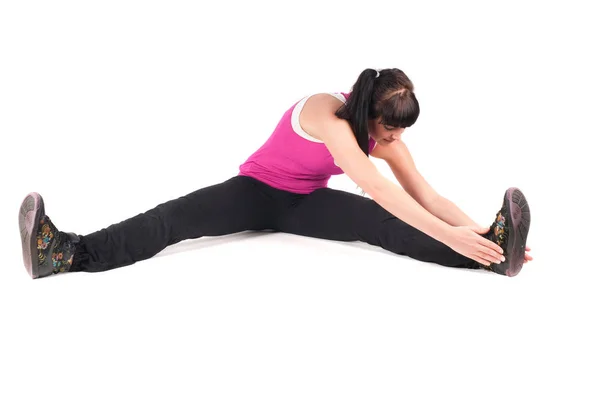
Stretching for specific activities
Stretching is not just important for overall health and flexibility, but it can also be beneficial for specific activities. Here are some tips on how to stretch for different types of activities:
A. Running: If you're a runner, it's important to stretch your hamstrings, quadriceps, and calves before and after your run. Dynamic stretching, such as high knees and butt kicks, can also help prepare your muscles for running.
B. Yoga: Yoga is a great way to improve flexibility, but it's important to stretch properly before and after your yoga practice. Focus on stretches that target the areas you'll be working in your practice, such as the hips, hamstrings, and spine.
C. Weightlifting: If you're into weightlifting, it's important to stretch your major muscle groups before and after your workout. Focus on stretches that target your chest, shoulders, back, and legs.
D. Swimming: Swimming is a great low-impact exercise, but it's important to stretch properly before and after your swim. Focus on stretches that target your shoulders, back, and hips.
E. Cycling: If you're a cyclist, it's important to stretch your quadriceps, hamstrings, and hips before and after your ride. Dynamic stretching, such as leg swings, can also help prepare your muscles for cycling.
F. Dancing: Dancing is a fun way to improve flexibility, but it's important to stretch properly before and after your dance practice. Focus on stretches that target your hips, hamstrings, and ankles.
By tailoring your stretching routine to your specific activities, you can improve your performance and reduce the risk of injury. Don't forget to listen to your body and stretch safely and effectively to get the most out of your workouts.
Stretching resources
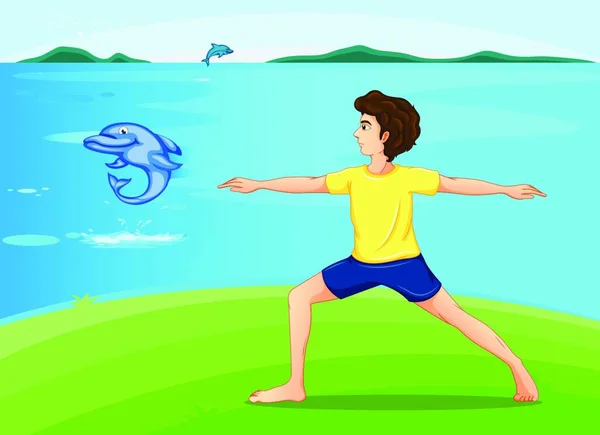
Stretching resources
If you're looking to improve your flexibility and incorporate stretching into your routine, there are a variety of resources available to help you get started. Here are some options to consider:
A. Online tutorials: There are countless online resources available for stretching and flexibility, including video tutorials on YouTube and fitness websites. Look for tutorials that are specific to your needs, whether you're a beginner or looking to target certain muscle groups.
B. Fitness apps: There are a variety of fitness apps available that include stretching routines and resources, such as Nike Training Club, DailyBurn, and Yoga Studio. Many of these apps are free or offer free trials, making it easy to try out different routines and find what works best for you.
C. Personal trainers: If you're serious about improving your flexibility, consider working with a personal trainer who can help you create a customized stretching routine and provide guidance on proper form and technique. Many gyms and fitness studios offer personal training services, or you can hire a trainer for one-on-one sessions.
D. Group classes: Group fitness classes, such as yoga or Pilates, can be a great way to incorporate stretching into your routine while also getting the benefits of a group workout environment. Look for classes at your local gym or fitness studio, or consider trying a class online.
E. Books and DVDs: If you prefer to learn through more traditional resources, there are a variety of books and DVDs available on stretching and flexibility. Look for resources that are specific to your needs, such as books on yoga or DVDs on dance stretches.
By exploring these different resources, you can find the tools and guidance you need to improve your flexibility and incorporate stretching into your routine. Remember to always listen to your body and stretch safely and effectively to avoid injury.
Stretching myths debunked
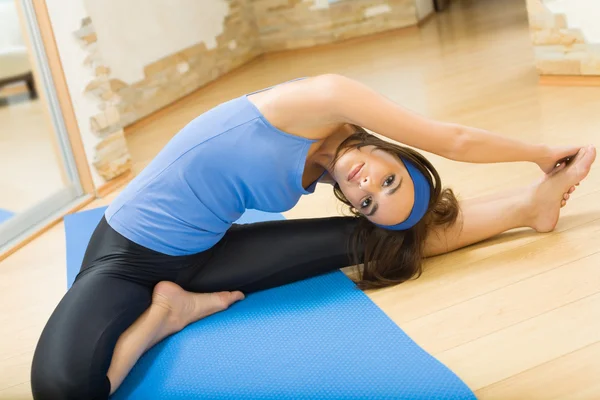
Stretching myths debunked
There are many misconceptions about stretching and its benefits, which can lead to confusion and even injury. Here are some common stretching myths debunked:
A. Myth: Stretching before exercise prevents injury. Fact: While stretching can help improve flexibility and reduce the risk of injury, stretching alone is not enough to prevent injury. It's important to warm up properly before exercise and incorporate stretching as part of a well-rounded fitness routine.
B. Myth: Stretching should be painful to be effective. Fact: Stretching should not be painful, and if you experience pain, you may be stretching too far or incorrectly. Stretching should feel like a comfortable pull or mild tension in the muscle.
C. Myth: Stretching can improve performance in all types of exercise. Fact: While stretching can improve flexibility and range of motion, it may not necessarily improve performance in all types of exercise. For example, static stretching before high-intensity activities such as sprinting or jumping may actually decrease performance.
D. Myth: You should hold a stretch for at least 30 seconds. Fact: While holding a stretch for 30 seconds is a common guideline, there is no one-size-fits-all approach to stretching. The amount of time you should hold a stretch depends on your individual needs and goals.
E. Myth: Stretching is only important for athletes. Fact: Everyone can benefit from stretching, regardless of their fitness level or activity level. Stretching can improve flexibility, reduce muscle tension, and improve overall health and wellness.
By understanding and debunking these common stretching myths, you can approach stretching in a safe and effective way that supports your fitness goals and overall health. Remember to listen to your body and consult with a healthcare professional or personal trainer if you have any concerns or questions about your stretching routine.
Conclusion
Stretching is a simple and effective way to improve flexibility, reduce muscle tension, and support overall health and wellness. By incorporating stretching into your daily routine, you can improve your range of motion and reduce the risk of injury during exercise and daily activities.
Remember to always warm up properly before stretching and to approach stretching in a safe and comfortable way. Use the resources available to you, such as online videos, personal trainers, or fitness classes, to develop a well-rounded stretching routine that works for your individual needs and goals.
Whether you're a beginner or an experienced athlete, stretching can be an important part of your fitness journey. By understanding the benefits of stretching, the different types of stretching, and how to stretch safely, you can develop a stretching routine that supports your overall health and wellness.
So, take some time to stretch today, and feel the difference in your body and mind. Your muscles will thank you for it!
 Reviewed by jadan
on
March 09, 2023
Rating:
Reviewed by jadan
on
March 09, 2023
Rating:




No comments: